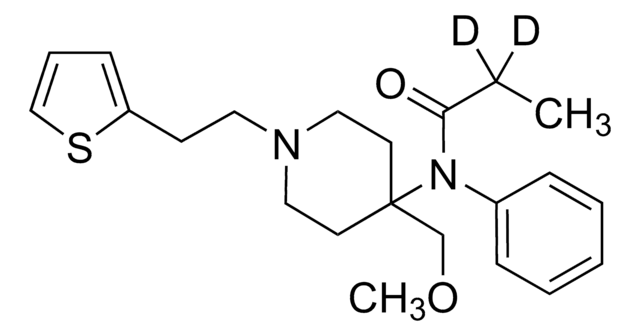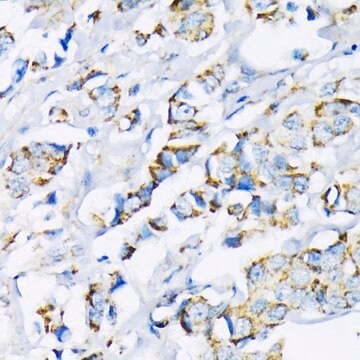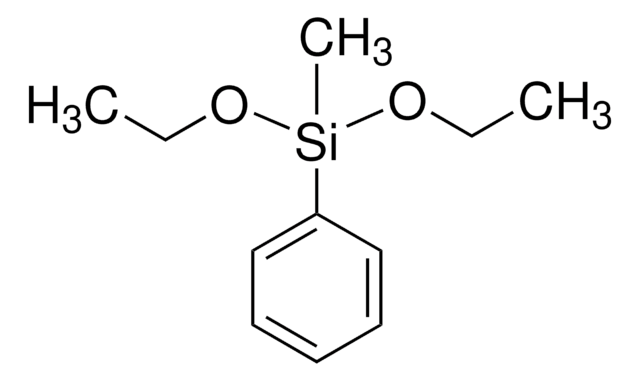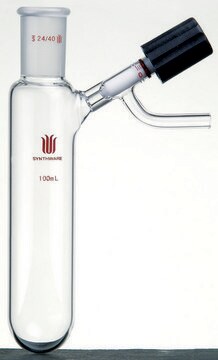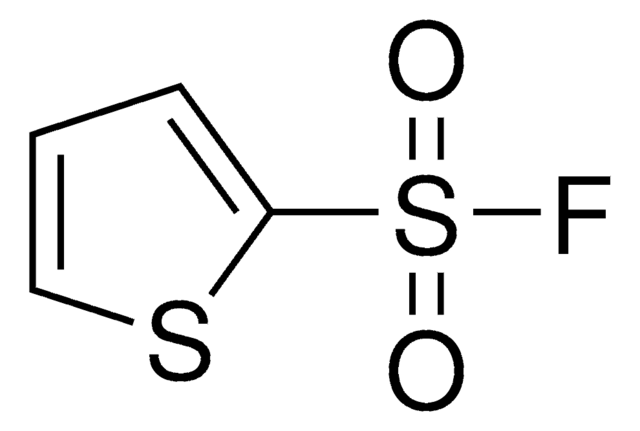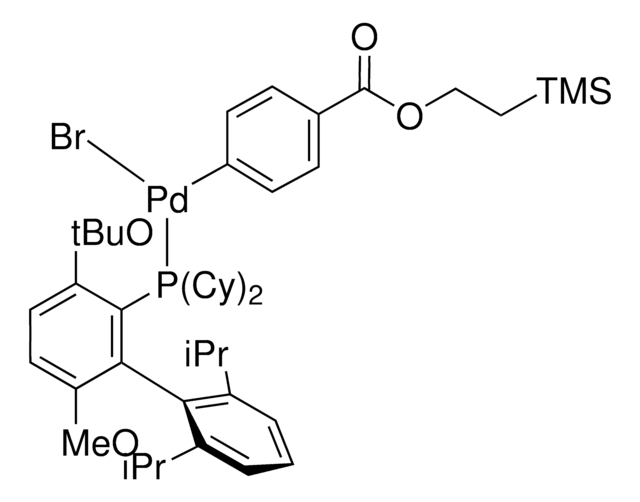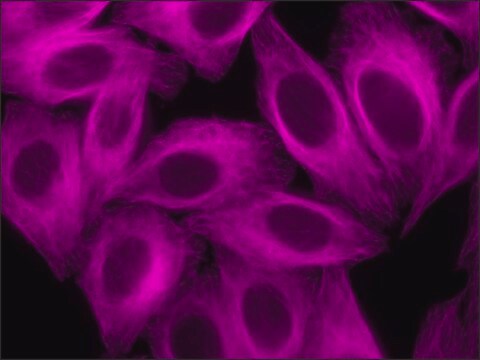AB3279
Anti-Hexokinase Type II Antibody
Chemicon®, from rabbit
Sinónimos:
HK II
About This Item
Productos recomendados
origen biológico
rabbit
Nivel de calidad
forma del anticuerpo
serum
tipo de anticuerpo
primary antibodies
clon
polyclonal
reactividad de especies
rat, human
fabricante / nombre comercial
Chemicon®
técnicas
ELISA: suitable
immunocytochemistry: suitable
western blot: suitable
Nº de acceso NCBI
Nº de acceso UniProt
Condiciones de envío
wet ice
modificación del objetivo postraduccional
unmodified
Información sobre el gen
human ... HK2(3099)
Especificidad
Inmunógeno
Aplicación
Metabolism
Enzymes & Biochemistry
Immunocytochemistry using indirect immunofluorescence.
ELISA
Optimal working dilutions must be determined by the end user.
Descripción de destino
Forma física
Almacenamiento y estabilidad
Nota de análisis
insulin-responsive tissues such as skeletal muscle
Otras notas
Información legal
Cláusula de descargo de responsabilidad
¿No encuentra el producto adecuado?
Pruebe nuestro Herramienta de selección de productos.
Código de clase de almacenamiento
10 - Combustible liquids
Certificados de análisis (COA)
Busque Certificados de análisis (COA) introduciendo el número de lote del producto. Los números de lote se encuentran en la etiqueta del producto después de las palabras «Lot» o «Batch»
¿Ya tiene este producto?
Encuentre la documentación para los productos que ha comprado recientemente en la Biblioteca de documentos.
Nuestro equipo de científicos tiene experiencia en todas las áreas de investigación: Ciencias de la vida, Ciencia de los materiales, Síntesis química, Cromatografía, Analítica y muchas otras.
Póngase en contacto con el Servicio técnico